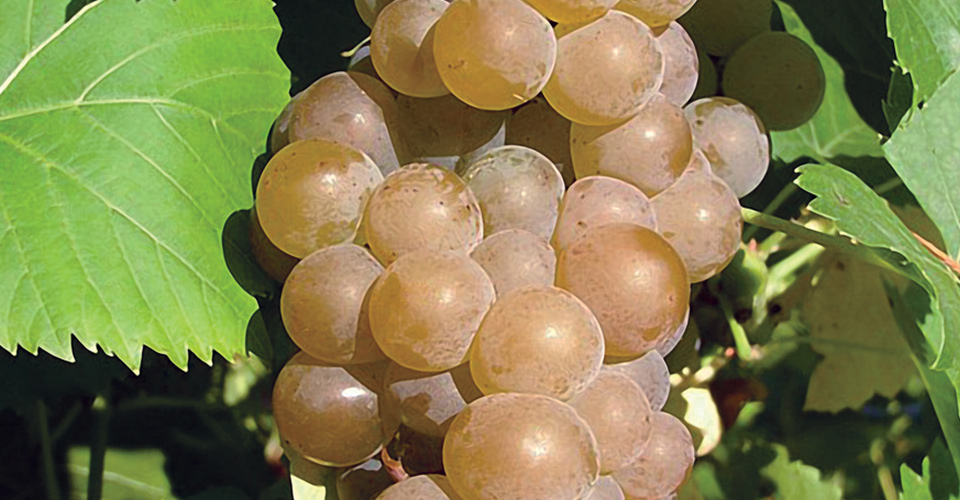
Savoring Seyval
Seyval Blanc is a white French-American hybrid variety that is grown in the Hudson Valley. The grape is adaptable to different regions and climates, and is grown throughout the eastern United States, northern France, and England.

Seyval Blanc is a white French-American hybrid variety that is grown in the Hudson Valley. The grape is adaptable to different regions and climates, and is grown throughout the eastern United States, northern France, and England.
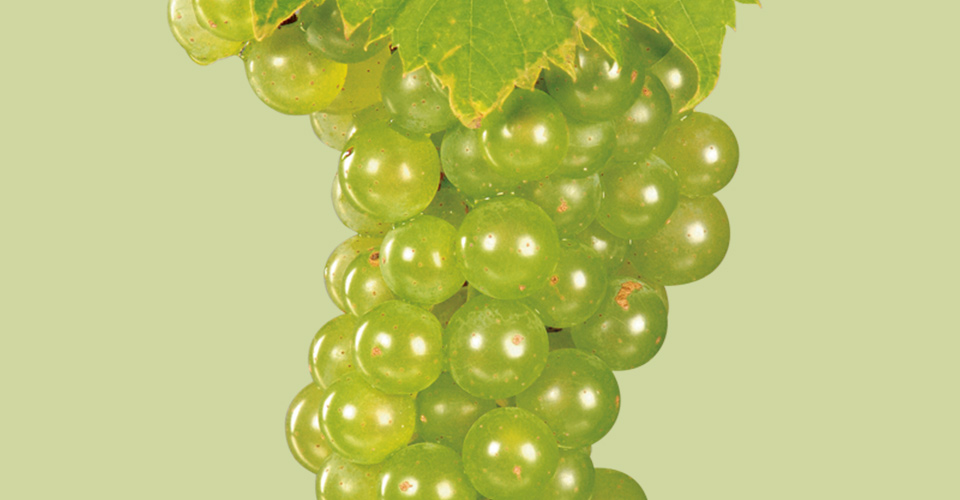
Vidal Blanc, also known as Vidal 256, is a versatile grape that can be made into a bone-dry, steely wine for fish, a barrel-aged wine reminiscent of a Fumé Blanc, or an ice wine that can rival the best dessert Rhine wines produced in Germany.
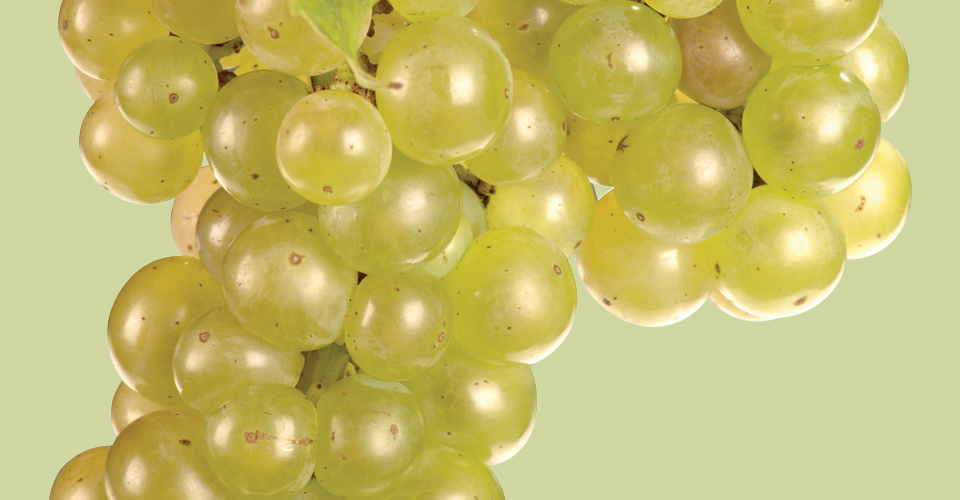
ignoles, a white grape also known as Ravat 51, has become one of the mainstays of the Eastern North American wine industry. This adaptable grape can produce wines that are comparable to wines produced in the Rhine Valley in Germany.

Frontenac is one of the most widely planted of the Minnesota hybrids in the Hudson Valley, successfully bred by grape breeding pioneer Elmer Swenson (1913-2004).
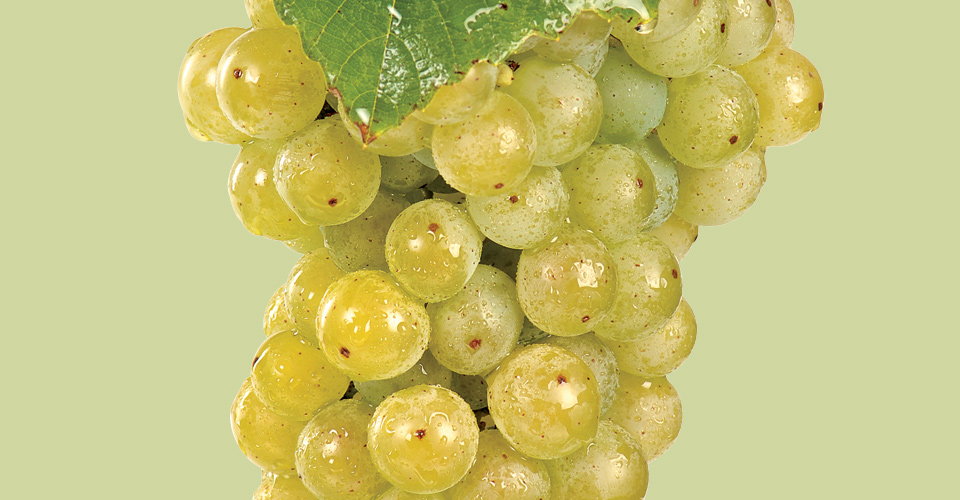
The wines made from the Cayuga grape are neither nuanced nor sophisticated; they are big and forward with lots of competing fruit flavors.

Traminette is a white wine grape introduced relatively recently to the world of winemaking. Its cold-weather adaptability makes it easy to grow in the Hudson Valley, and it is rapidly gaining popularity among wine drinkers with an increasing number of Hudson Valley Traminette wines being produced today.

Noiret is a relatively new hybrid grape variety used in red wine production, offering another option for cold climate grape growers.

The Hudson Valley is already noted for its wines produced from grapes such as Baco Noir, Seyval Blanc, and Cabernet Franc. Here are some new varieties that consumers should watch for.
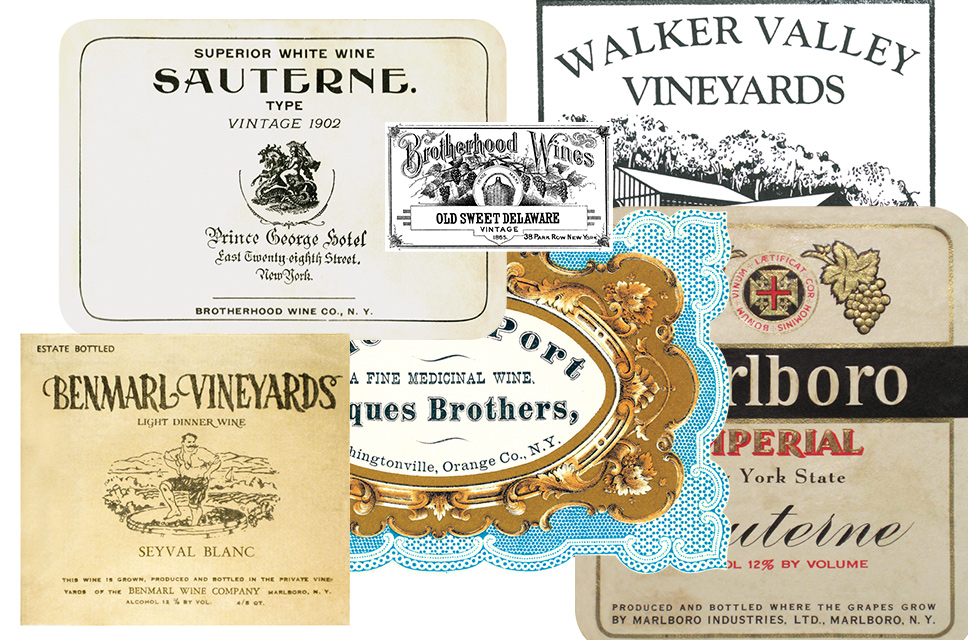
To the great majority of wine drinkers, the label is the key to the wine they are planning to purchase. A glance at the label on a bottle will reveal a great deal about viticultural origins, style, and most importantly, the sort of taste to expect.